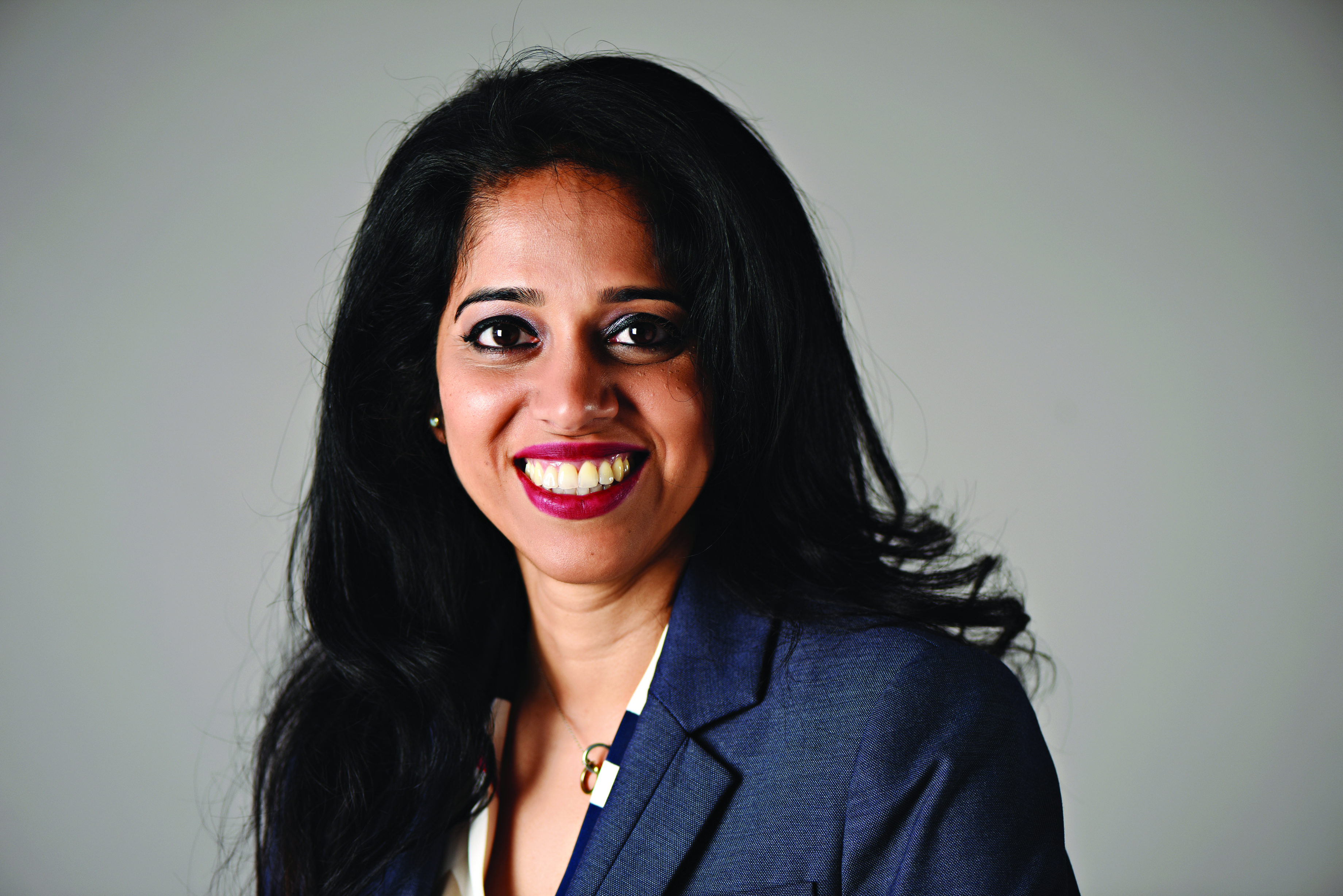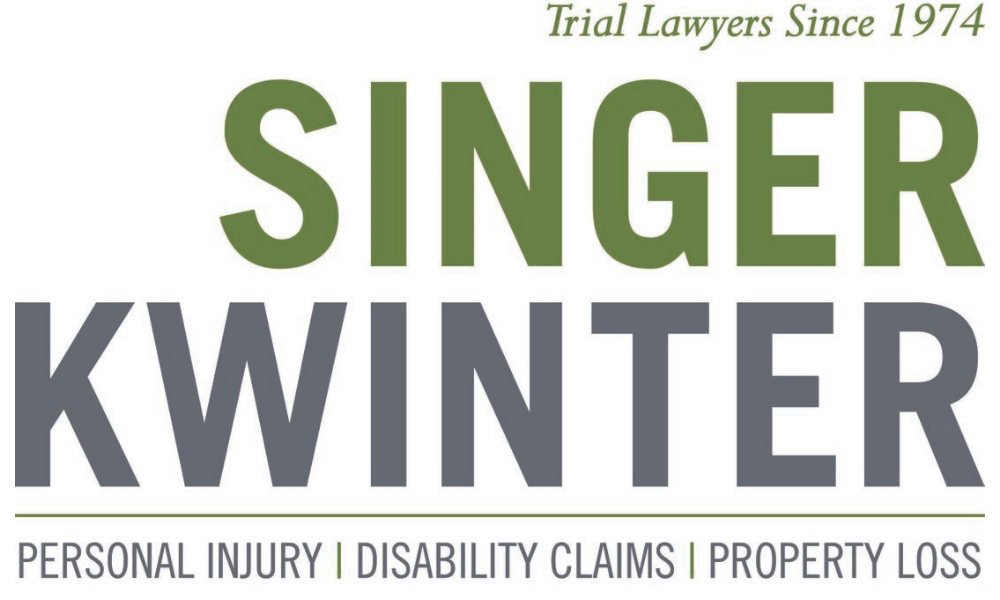The recent decision of Meade v Hussein (“Meade”) has given rise to more dialogue and controversy surrounding the relevance of a SPECT scan in diagnosing traumatic brain injury (“TBI”). The decision becomes problematic for personal injury claimants with TBI and various neuropsychological symptomology, especially those who have normal CT scans/MRI findings or, as the medical field puts it, “separating the diagnosis when comorbid/clinically indistinct.”
In an accident benefits world, a potential catastrophic claimant with TBI and/or psychiatric conditions will likely face challenges passing the threshold under section 3.1 (1) 4 (i) and 3.1 (1) 5 (i) of the Statutory Accident Benefits Schedule[1] (“SABS”) with a brain SPECT, as the possibility of not meeting the legal definition of “medically recognised brain diagnostic technology indicating intracranial pathology that is a result of the accident” is now very real.
The Decision in Meade – Novel Science or Neuroscience?
In Meade, Justice Bale excluded brain SPECT evidence from being admitted at trial. Justice Bale found the evidence to be inadmissible, because it failed to satisfy the reliable foundation test for novel scientific evidence as set out in R v. J.-L.J.
Melanie Meade was injured in a motor vehicle accident and sought damages from the defendant Ibrahim Hussein for personal injuries. She alleged that she suffered from a TBI in addition to psychological and emotional trauma. Melanie underwent a SPECT scan which Dr. Siow interpreted as conclusive evidence of a previous traumatic brain injury (Dr. Siow is a proponent of SPECT scans, specialises in diagnostic radiology and nuclear medicine). His evidence was that he administers 50-60 SPECT scans per month, referred to him by other physicians including neurologists, neurosurgeons, psychiatrists, general practitioners, and emergency medicine physicians.
Dr. Siow summarized his findings of Melanie’s SPECT scan as follows:
- MRI brain is unremarkable and is non-contributory except to demonstrate no anatomic abnormalities to account for the brain SPECT findings. This is not unusual in TBI.
- Brain SPECT demonstrates perfusion abnormalities in the anterior temporal lobes and the inferior frontal lobes. These are the most common locations for traumatic brain injury to be seen on brain SPECT.
- In addition, the focal nature of the perfusion defects mentioned above is the most common appearance for TBI to be seen on brain SPECT.
- Thus, in the balance of probabilities, the above-mentioned findings represent previous TBI.
- Increased perfusion to the basal ganglia has been described with anxiety disorders. Increased perfusion to the thalamus has been described with depression. As a result, there may be a superimposed psychiatric condition, psychiatric assessment is recommended if not already obtained.
The court had to determine if the use of brain SPECT is a “novel science” and, if considered “novel”, then if it meets the reliable foundation test as set out R v. J.-L.J. Ultimately, it was Justice Bale’s view that although a brain SPECT is not a novel science, Dr. Siow used it for a novel purpose. Further using the four-pronged test to assess the reliability of expert evidence (referred to in R v. J.-L.J.), Justice Bale concluded that brain SPECT fails to satisfy the reliable foundation test for novel scientific evidence.
Four-pronged test of Daubert v. Merrell Dow Pharmaceuticals Inc., (“Daubert”)
At paragraph 33 of R. v. J.-L.J. the U.S. Supreme Court case of Daubert was discussed, particularly the factors that could assist in evaluating the soundness of novel science. They are:
- Whether the theory or technique can be and has been tested;
- Whether the theory or technique has been subject to peer review and publication;
- The known or potential rate of error or the existence of standards; and
- Whether the theory or technique used has generally been accepted.
The court strictly adopted these four factors. Justice Bale considered Dr. Siow’s evidence that (a) his methodology has not been tested; (b) his work has not been published or peer-reviewed; and (c) there are no peer reviewed articles supporting his theory that at the individual level, brain SPECT can distinguish TBI from depression or anxiety disorders. Further, although the court considered articles and publications produced by Dr. Siow in support of the use of brain SPECT, it was ultimately of the opinion that the publications did not strictly address the issues in Meade, i.e., diagnosing TBI where anxiety or depression disorders are prevalent.
The court also accorded great deference to the defence’s medical expert Dr. Sara Mitchell, a neurologist specialising in complex brain disease. Her evidence was that the use of SPECT to diagnose TBI is not supported by teaching hospitals in the Greater Toronto Area, the community in which she works.
In applying the four-pronged test, the court took the opportunity to reiterate that the “gatekeepers” role is to be taken seriously by trial judges (at paragraph 20 in Meade, “The admissibility of the expert evidence should be scrutinized at the time it is proffered, and not allowed too easy an entry on the basis that all of the frailties could go at the end of the day to weight rather than admissibility:” R.v. J-L.J. at para. 28).
Is the strict approach appropriate?
It is interesting to note that in Meade, Dr. Siow’s evidence was also that a brain SPECT by its nature is not susceptible to testing in a prospective controlled trial for assessment of TBI; like in any other type of imaging (i.e., a CT/MRI of the brain), a theory or technique cannot be accurately tested.
Given that there is literature available to corroborate how and why brain SPECTs may be advantageous in separating disorders that have overlapping symptomology, perhaps this is the time to re-evaluate “strictly” adopting the Daubert test. The following paragraphs provide a brief overview of some of the studies/research and published material on the subject matter.
A 2015 research article titled “Functional Neuroimaging Distinguishes Posttraumatic Stress Disorder from Traumatic Brain Injury in Focused and Large Community Datasets”, conducted studies on a large group of neuropsychiatric patients by obtaining SPECT scans from them.[2] The study demonstrated the ability to separate post-traumatic stress disorder and TBI using SPECT.
“Clinical Utility of SPECT Neuroimaging in the Diagnosis and Treatment of Traumatic Brain Injury: A systematic review” published in March 2014, concluded that a SPECT may be an important second test in circumstances where CTs or MRIs have negative findings after a closed head injury with post-injury psychiatric symptoms.[3] The review had identified a substantial body of literature establishing a relationship between SPECT and: (i) lesion detection in TBI compared with CT/MRI; (ii) neuropsychological and neurological outcomes; and (iii) treatment interventions. The study discusses a suggestion made by the American College of Radiology where SPECT maybe useful in TBI assessment as a problem-solving modality, especially where CT/MRI have been non-contributory:
“SPECT studies may reveal focal areas of hypoperfusion that are discordant with findings of MRI or CT. On the basis of these results, some investigators suggest that these functional imaging techniques may explain or predict postinjury neuropsychologic and cognitive deficits by MRI or CT. Furthermore, focal lesions demonstrated by SPECT offer objective evidence of organic injury in patients whose neuroimaging studies are otherwise normal.”
The following passage from the study is quite revealing:
“If, as the reviewed data suggest, perfusion SPECT has a negative predictive value near 100%, a negative scan is diagnostically and prognostically important after a head injury with psychiatric sequelae. Differentiating between mild TBI and psychological reaction to head injury is difficult clinically, particularly when CT and MRI are normal. Furthermore, new onset difficulties with affect regulation, impulse control and interpersonal function may be outside the ability of psychological tests to link to TBI, because tests typically focus on cognitive domains and lack etiological specificity. The persistence or even progression of symptoms despite normal morphological imaging and psychological testing is clinically common. Alternatively, an abnormal perfusion SPECT, according to these data, has higher sensitivity than CT or MRI.[4]”
There are studies dating back to ‘90s that suggest brain SPECT will play an important role in TBI patients.[5] Studies that confirm brain SPECT can detect more lesions in the brain than a CT.[6]
More recently, the Canadian Association of Nuclear Medicine guidelines for brain SPECT (referred to in Meade and co-authored by Dr. Siow), included statistics to assist Canadian medicine specialists in conducting standard examinations for brain perfusion SPECT imaging.[7] The conclusion in these guidelines was that SPECT showed perfusion abnormalities in TBI despite normal morphology. Further, they determined that there is a body of literature in support of the use of brain perfusion SPECT in evaluating psychiatric disorders. While the court referred to these guidelines in Meade, no deference was accorded to them, likely on the basis that Dr. Siow on cross-examination admitted results of a study done to show that use of brain SPECT to distinguish TBI from PTSD was subject to a 30% error rate.
However, the vast literature on the subject seems to suggest that despite any limitations, a brain SPECT can provide important information about TBI[8] and become a reliable tool in legal and insurance issues.[9]
Science as we know is constantly evolving. It is not unusual to hear of new techniques and methodology or old techniques used for new methodology. In light of evolving times and new thinking it is perhaps time to accord more flexibility to the “strict” approach of the Daubert test. Now more than ever during the pandemic when we have seen massive movements within the scientific realm, the implicit trust in its system for prevention, treatment, and cure, a “one-size fits all” may not be the appropriate approach. As a result, plaintiff lawyers are required to persist in findings ways to fit the use of brain SPECT within the reliable foundation test to reap its benefits.
The Impact of Meade on Brain SPECT
For now, Meade seems to have shut the door on the use of brain SPECT at trial and before the License Appeal Tribunal. Matters before the License Appeal Tribunal debating this very issue under sections 3.1(1)4(i) and 3.1(1)5(i) of the SABS[10] will pose a significant challenge for plaintiff lawyers. Criteria 4 and 5 require positive findings on a medically recognised brain diagnostic technology indicating intracranial pathology resulting from an accident. Although the Tribunal has in the past accepted brain SPECT to be sufficient evidence of trauma in the brain from a motor vehicle accident,[11] plaintiff lawyers will likely have an uphill task in this aspect moving forward.
Another challenge for plaintiff lawyers is to determine the right experts to rely on to support the use of brain SPECT. The court was persuaded in Meade by the defence’s expert witness Dr. Sara Mitchell, who testified that the use of brain SPECT in diagnosing TBI is a controversial subject. Her evidence was that there is no agreement within the medical or scientific community that brain SPECT is the correct diagnostic tool to diagnose TBI and mild traumatic brain injury at the individual patient level. Her further evidence was that physicians who use brain SPECT are those in the medico-legal world and that while she will look to a nuclear medicine specialist or radiologist to read scans, she would not rely on any diagnosis rendered by them.
The License Appeal Tribunal case of Foster and Aviva General Insurance[12] (“Foster”), saw medical experts testifying that the brain SPECT performed by neurologist Dr. Manu Mehdiratta was “generally reliable“. The insurer’s neurologist, who having reviewed the brain SPECT, testified that the applicant Mr. Foster “most probably” experienced a concussion and that he “definitely” had headaches that impaired him. Foster was released in September 2021. However, the decision in Meade will most likely prove the more persuasive judgement in the eyes of the License Appeal Tribunal.
To move forward from Meade, the question is - should plaintiff lawyers consider expert opinions from a combination of neurologists, radiologists and specialists in nuclear medicine to support the use of brain SPECT in TBI? Should plaintiff lawyers consider an opinion from a treating neurologist as opposed to a medico-legal expert on the use of brain SPECT which might be more acceptable? While it is hard to say what evidence would work best, it seems apparent that plaintiff lawyers are required to educate themselves on this subject matter more thoroughly, particularly with respect to lining up the correct evidence.
In the accident benefits world where costs for hearings are much harder to obtain and keeping costs low is paramount, plaintiff lawyers would have to be supremely efficient in who their clients seek opinions from.
In an area of law which relies heavily upon science, medical research and medical experts, the plaintiff lawyers are called upon to get creative in the wake of Meade.
***
 Dilenthi Warakaulle has practiced exclusively in personal injury since her call to the Bar of Ontario in 2013. She is compassionate in her approach with clients and helps guide them through an often-complex legal process. Dilenthi fights for the rights of her clients to ensure they receive the compensation they are entitled to. She is heavily involved in the Sri Lankan community and is fluent in Sinhalese.
Dilenthi Warakaulle has practiced exclusively in personal injury since her call to the Bar of Ontario in 2013. She is compassionate in her approach with clients and helps guide them through an often-complex legal process. Dilenthi fights for the rights of her clients to ensure they receive the compensation they are entitled to. She is heavily involved in the Sri Lankan community and is fluent in Sinhalese.
Dilenthi has appeared before the Superior Court of Justice and has successfully represented clients at FSCO appeals and the Licence Appeal Tribunal.
Dilenthi received her Bachelor of Laws Honours Degree from the University of London in 2000 and a Master of International Trade Laws (LL.M) from the University of Wales, U.K. in 2010. She was called to the bar in Sri Lanka in 2002 and has previously served in senior legal positions in her native country.
***
[1] O.Reg. 34/10
[2] Article on Functional Neuroimaging Distinguishes Posttraumatic Stress Disorder from Traumatic Brain Injury in Focused and Large Community Datasets by academic editor Jon D. Elahi, Univ. of Toledo, US, published July 1, 2015
[3] Clinical Utility of SPECT Neuroimaging in the Diagnosis and Treatment of Traumatic Brain Injury; A
Systematic Review, March 2014, volume 9, Issue 3 PLOS ONE
[4] Page 7 - Clinical Utility of SPECT Neuroimaging in the Diagnosis and Treatment of Traumatic Brain
Injury; A Systematic Review, March 2014, volume 9, Issue 3 PLOS ONE
[5] One-Year Follow-Up of Technetium-99m-HMPAO SPECT in mild head injury, Axel Jacobs, Eric Put,
Michel Ingels, Theo Put and Axel Bossuyt, accepted December 13, 1995
[6] Tc-HMPAO SPECT I persistent post concussion syndrome after mild head injury; comparison with
MRI/CT, R. Kant, L. Smith-Seemiller, G. Isaac and J. Duffy, Head Injury Clinic, Pittsburgh, PA, USA
accepted 5 June 1996.
[7] CANM Guidelines for brain perfusion SPECT
[8] Cranial MR imaging and cerebral Tc HM-PAO-SPECT in patients with subacute or chronic severe
closed head injury and normal CT examinations, L. Prayer, D. Wimberger, W. Order, J. Kramer, E.
Schindler, I. Podreka and H. Imhof, accepted for publication 15 March 1993
[9] One-Year Follow-Up of Technetium-99m-HMPAO SPECT in mild head injury, Axel Jacobs, Eric Put,
Michel Ingels, Theo Put and Axel Bossuyt, accepted December 13, 1995
[10] O.Reg. 34/10
[11] Foster vs. Aviva General Insurance, 2021 ONLAT 19-014657/AABS
[12] Foster vs. Aviva General Insurance, 2021 ONLAT 19-014657/AABS





